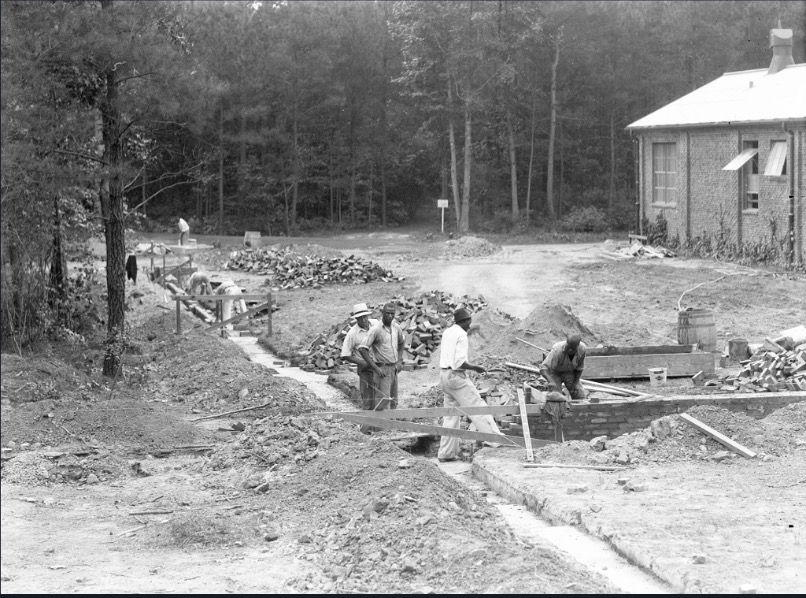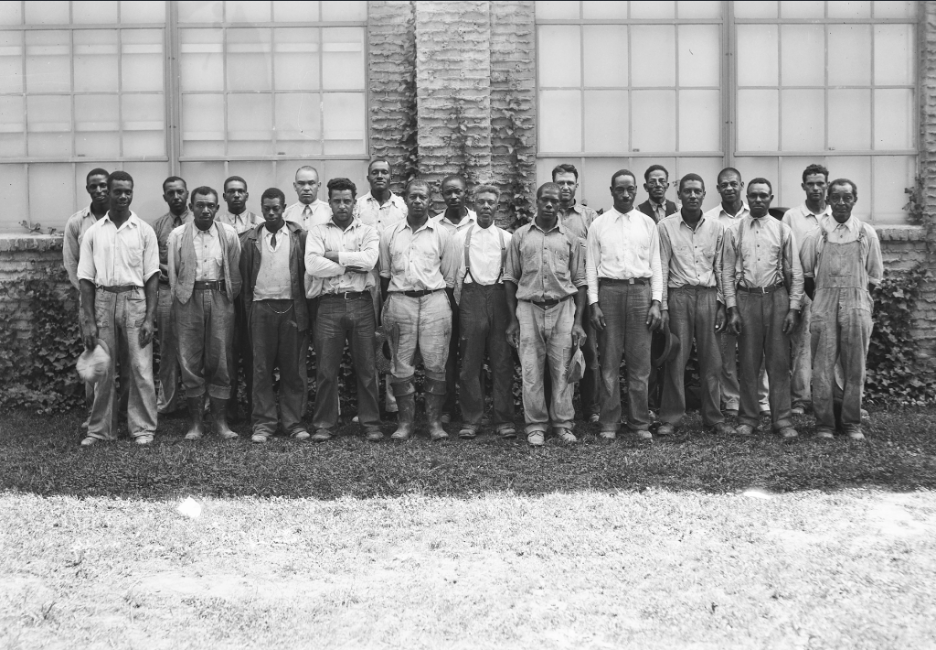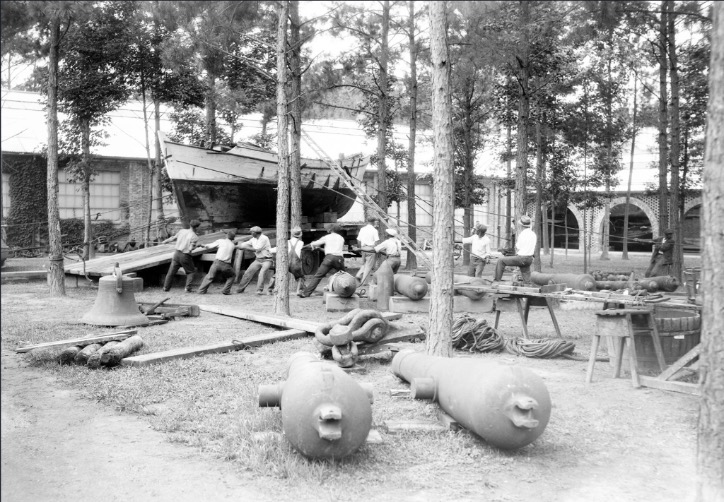In Homer’s epic The Odyssey, Odysseus, the Greek military strategist and King of Ithica, is on a quest to return home and retake his rightful place as king. Like Odysseus, many of us at The Mariners’ Museum and Park have also been on a quest. Our search has been to identify the men who built the original Museum facility so they may take their rightful place in the history of the Museum. Our quest is titled “Hidden Histories.”
What is Hidden Histories?
“Hidden Histories” is a Museum project designed to give names, agency, and interpretation of unidentified African Americans in our Collections through genealogical research and community engagement. By identifying the men, we can tell a fuller history of our shared maritime heritage through the personal stories of the men and women we can identify. To read more about the project’s origins, please read our previous blog posts here and here.
Since our quest began, we have discovered a lot about the men and their connections to the community. Many lived around the Museum in the Warwick County area of Morrison. The Morrison area was home to many African American families who lived on Shoe Lane, Prince Drew Road, and Roy’s Lane. Eventually, that land was acquired and used for the campus of Christopher Newport University and the site of Todd Stadium. Matt Jones of The Daily Press wrote an informative article about William Walker Jr. and his fight to keep the land in African American hands.
One of the stories recently shared with us is about Mr. Ernest Spratley. His grandson, Mr. Eddie Webb, told us his grandfather was a diligent, industrious man who could build just about anything. It did not surprise us when we found out how Mr. Spratley helped build his community. As a Warwick County Voters League member, Mr. Spratley and his fellow league members worked to get a school built for African American students in Warwick County in 1946. African American parents then sent their children to either Morrison High School or paid tuition to Huntington High School. The Voters League’s efforts led to the building of George Washington Carver High School. After integration, Carver High School became Homer L. Hines Middle School. After Hines Middle School relocated, the Carver school building was remodeled and named Flora D. Crittenden Middle School.

We also learned about a few of the other men. We had the pleasure to speak with Mr. Seldon Diggs’s granddaughters, who told us that Mr. Diggs was “a quiet, hardworking man who took pride in his appearance.” Before heading to work every day, he had his overalls and handkerchief pressed. Mr. Albert Cary’s granddaughter, Lisa Boone, mentioned that her grandfather was a kind-hearted man who enjoyed a good joke. A common thread among all the family members we have spoken with is that these men were hardworking and took good care of their families.

As with any research project, at times, our quest has been tedious, often frustrating when we faced a dead end, yet most of all, very rewarding. Every time we spoke with a descendant of one of the men and connected the stories with a picture, it renewed our spirits to continue our mission. We plan to honor these men and have them take their rightful place in the annals of The Mariners’ Museum and Park history.
And so, our journey continues. We will continue to identify and seek information on the men who built our Museum. As we seek more “Hidden History” stories, we ask you to share our blog posts, and don’t hesitate to get in touch with us if you have information on these men.
My email is [email protected]. I look forward to hearing from you!
All images from The Mariners’ Museum Institutional Collection.
